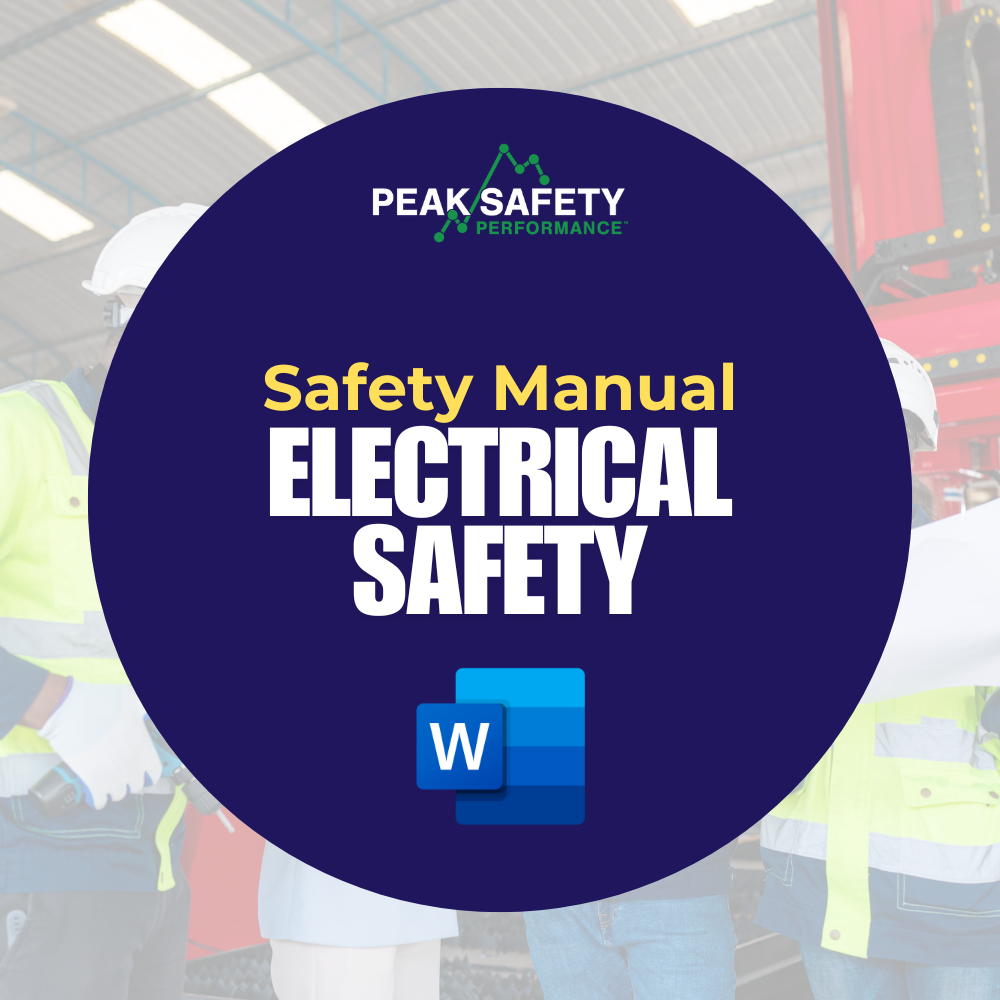Electrical Safety (Manufacturing)
Electrical Safety (Manufacturing)
The Electrical Safety Program is designed to protect employees from electrical shock, burns, arc flash, and other hazards associated with electricity in the workplace. OSHA’s Electrical Safety Standards for Construction and General Industry (29 CFR 1910 Subpart S and 1926 Subpart K) establish requirements for safe installation, use, and maintenance of electrical equipment.
A comprehensive electrical safety program includes:
-
Hazard Identification: Recognizing common risks such as exposed wires, damaged cords, overloaded circuits, and improper grounding.
-
Safe Work Practices: Using lockout/tagout when working on energized systems, keeping electrical panels accessible, and never bypassing safety devices.
-
Extension Cords & Portable Tools: Ensuring cords are free from damage, rated for the environment, and connected to Ground-Fault Circuit Interrupters (GFCIs) when used outdoors or in damp locations.
-
Training: Teaching employees how to safely operate electrical equipment, recognize hazards, and respond in emergencies.
-
Inspection & Maintenance: Regularly checking cords, outlets, panels, and equipment to confirm they are in good condition and properly labeled.
-
Personal Protective Equipment (PPE): Providing arc-rated clothing, insulated gloves, and face shields when working near energized parts.
By following a strong Electrical Safety Program, employers significantly reduce the risk of shock, fire, and arc flash incidents while ensuring OSHA compliance and a safer working environment for all employees.
Share
Couldn't load pickup availability


